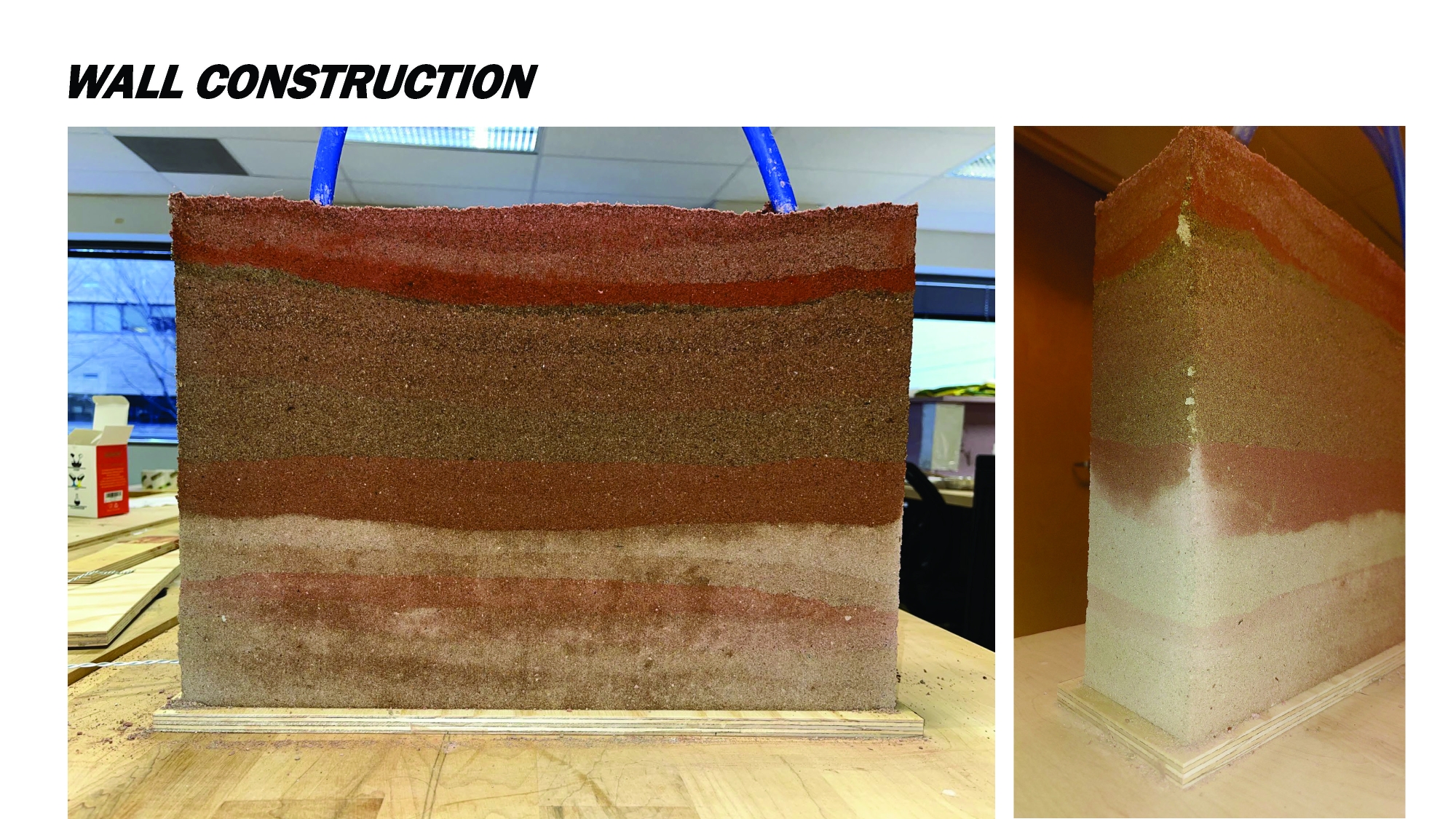IBPC 2024 Conference Paper: Thermal performance of radiantly cooled rammed earth
- Dishanka Kannan, Ningxu Luo, Yujia Cui
This study assesses the effectiveness of radiant cooling to mitigate higher temperatures resulting from direct heat exposure. The core hypothesis pro-poses that integrating an externally cooled closed-loop hydronic system (CLHS) within the building structure can significantly improve indoor comfort with relatively low energy expenditure compared to conventional designs. A sectional prototype module of a radiant cooling wall embedded with water pipes is physically tested. In addition, the thermal performances of cement versus rammed earth as structural materials are compared. The comparison aims to address the existing research gap in the integration of an active radiant cooling technology like CLHS with rammed earth as thermal mass. The comparison between the proposed system and the conventional cement-based radiant CLHS system provides insights into the potential performance of a rammed earth-based CLHS and serves as a benchmarking method. Additionally, an assessment of the climate change potential of these modules is used to gain an overall perspective of the advantages and disadvantages of using these systems in practical applications.
Instructors
Dorit Aviv
William W. Braham
Teaching Assistants
Xiang Jiang
Max Hakkarainen


